Amsterdam: 8 Things To Do
- Next Stage Travel
- May 1, 2022
- 7 min read
Updated: Apr 10
Amsterdam: 8 Things to Do
1. Rijksmuseum
This is a wonderful, well-curated museum with information in Dutch and English. Placards offer insightful information about history and art appreciation. For example, a very famous painting Girl in a Blue Dress, has a sign which begins, “Why is this painting so famous?” It then explains the reason people have historically appreciated it, and what it has to offer artistically. Numerous artworks have additional signage explaining their relationship to slavery. Sometimes this is an explanation of how the person pictured made money and participated in the slave trade, and sometimes it is about famous slaves, freemen, or rebels and their roles in the Netherlands and elsewhere. By doing this, the museum does a good job of acknowledging the blood money that comes along with the art we admire and highlights stories beyond those who could pay for their portraits.
The museum is BIG so we suggest targeting what you want to see in the time you have. We started with the Dutch masters because, you know, we are in the Netherlands. We ended up doing the whole floor, but you could just do the Great Hall which has the top 10 paintings in it. Then we went to fashion–which was jewelry–and along the way looked quickly at ship models and less quickly and porcelain.
After a quick bite in the cafe (the restaurant requires reservations and is apparently quite good), we headed to the Asian Art, then 17th-century rooms intact, and finally modern art: 1950-2000. The items in between these that we passed were all very lovely and unlike most major museums, you can see the majority of the exhibits in one day. The Maplethorpe exhibit on the top floor impressed us. The museum owns about 60 prints, and maybe 12 were on display. Those they chose highlighted the influence Maplethorpe had on imagining gender, rather than going for shock value which is more often the focus of novel viewers.
2. Keukenhof
The 80 acres of gardens at Keukenhof are spectacular. Beds of narcissus, hyacinth, fritillaria and crocus are mixed with beds of tulips; sometimes all in the same bed. There are several ponds and waterfalls and some vaguely Japanese gardens (with rhododendron and azalea). We brought a picnic lunch (pre-made salads and fruits from Albert Heijn supermarket – they are all over Amsterdam) and enjoyed it on one of several large grassy fields. Throughout the gardens there are paved, flat paths. There were many visitors in wheelchairs. There are a number of cafes scattered throughout the grounds as well as several pavilions where you can see how tulips are cultivated, or large displays of orchids, Fritilleria, or Alstroemeria. You can also take a 45-minute boat ride on canals that border Keukenhof (10 euros pp).
After several hours of wandering around Keukenhof, we rented bicycles from the kiosk in the main entrance parking lot. For 10 euros per bike (which covers up to 3 hours), we followed a self-guided biking route that the bicycle rental company gave us. There were four different routes and we chose one that was 10 km, and went through fields of tulips, narcissus and hyacinth, and the nearby town of Lisse. The routes are well sign-posted (each route is a different color; our route was purple, so we just looked for purple signs containing arrows at each intersection). The route was beautiful, flat and easy to follow.

stopping on our bike tour to admire the fields

stopping on our bike tour to admire the fields
Getting to Keukenhof: We bought a combi-ticket about three weeks in advance (and this was high season). This ticket is a combined round trip bus ride to Keukenhof from Amsterdam and entry to Keukenhof – for adults this cost euro 33.50. From central Amsterdam, you take the Keukenhof Express (aka the 852 bus) from the Europaplein metro station. The bus picks up on the south side of the station outside entrance ‘C’. We got there early enough to get the first bus of the morning (7:55 AM departure/8:30 AM arrival at Keukenhof), and we recommend doing that as the park really fills up after about 11 AM. The buses leave from Europaplein about every 10-15 minutes. The return trip is equally easy; the bus picks up at the same location as it drops off at Keukenhof.

This entry is behind the line (pictured right)

This distinctive building lets you know you are in the right square. Just to the left of it is where the line stands
3. Amsterdam Canal Boat Cruise
After a full day at Keukenhof, we realized it might be nice to sit down and let someone else drive, even though we usually prefer to walk a city than do a touristy boat or bus tour. We did a one-hour ride with Amsterdam Boat Trips. What set them apart from the others? They were close by and had availability 15 minutes from when we bought the tickets.
The boat was open air; the captain and bartender talked some but not a lot, imparted some interesting info though not as much as we would have liked, and took us on a scenic route of canals and buildings that in some cases might be hard to find by walking. So, it’s a little kitschy, but we had a pleasant and interesting early evening ride.
The tickets were 19 euros each; there was an optional drink ticket package for 5 euros that gave you up to three alcoholic or non-alcoholic drinks. 20 Euros/pp seems to be the average price for boat tours.
The Jewish Museum is a small, but well-curated history of Jews in the Netherlands starting from the early 17th. century through to today. It is housed in the Great Synagogue of Amsterdam (but no longer in use as a synagogue) across the street from the Portuguese Synagogue. It describes how Jews came to the Netherlands from countries such as Spain and Portugal, where they had been forced to convert or leave. In the Netherlands various religions were tolerated, and Jews generally thrived. The exhibit also points out though that while some Jews became quite wealthy and mostly integrated into Dutch society (there was still discrimination in various clubs and merchant guilds), there was also a large number of poor Jews throughout the centuries for which there are few records. Although many Dutch objected to the Nazi removal of Jews, they were unable to prevent it – more than 75% of the 100,000 Jews in the Netherlands were murdered during World War II. Returning Jews were poorly treated by the government and only in the 1970s did they try to make amends for confiscated property and poor treatment in the 40s and 50s. Today, there are about 15,000 Jews in Amsterdam.
This museum is good for anyone who wants to learn about the history of Judaism in the Netherlands, or about Judaism in general. There are explanations at all levels.
The Portuguese Synagogue (aka Esnoga) is one of the largest and oldest in-use synagogues in the world. Construction of the synagogue was completed in 1675 by the Portuguese Jews who had emigrated to Amsterdam after their expulsion in 1492 from Portugal. It was intended to have the feel of the Temple in Jerusalem with high ceilings, massive pillars and ornate wood seating and ark. In addition, there is no electricity in the main sanctuary even today; evening services and activities are solely lit by thousands of candles in chandeliers and candelabra. They frequently host concerts, bookable on their website, where you can experience the lit ambiance of the sanctuary.
The synagogue is encircled by a building which is also part of the complex. It houses a candle room (with supplies for keeping the sanctuary lit), the oldest Jewish library in the world, a short movie explaining the history of Jews in the Netherlands, a ritual bath (mikvah), and museum displays of old fabrics and ceremonial objects.
The Museum van Loon is the residence of the van Loon family, descendants of one of the founders of the Dutch East India Company (the company that ran large plantations in Indonesia (and basically ran Indonesia), as well as traded with Japan, China and India). While one of the exhibits discusses a former slave of the family and his marriage, there is otherwise an obvious conflict about owning up to slavery being the cost for all the luxury. It’s more obvious here because the state-owned museums do a pretty thorough job of discussing slavery in their exhibits.
The house was built in the early 17th century, and purchased by the van Loon family in the late 19th century, and restored to its mid-19th century glory by the family in the mid-20th century. The family still lives in part of the house. The dining room is available to rent for special occasions, and there is a photo of President Obama’s visit here.
You can go through the whole house in an hour or less. The rooms are nicely restored, with some furniture. Walls and wall panels, and chandeliers are abundant and beautiful. There is also a small garden, and at the back of the garden, a carriage house. Usually the carriage house holds old carriages and horse equipment but when we were there, it held a temporary exhibit of the artist Adolf Pirsch, a portraitist who painted various nobility and merchants in the late 19th century, including various van Loons. The exhibit states it’s trying to understand why Adolf Pirsch is not a well-known artist today. My take – it’s because he wasn’t very good. His portraits showed the subjects as they wanted to be seen. In other words, you don’t really see much of the real subject in the paintings – no pain or longing, or even happiness.
7. Shopping
Amsterdam has great shopping in the 9 streets area and elsewhere. You can find all the big name brands, as in any major city, but also cute boutiques and more.
Near the Rijksmuesum, Spiegelgracht street has many antique stores.
Laura Dols is a beautiful vintage clothing store. They have mostly women’s wear, but a sizable collection of men’s formal wear and a room of kids’ clothing. The main floor has well-curated collections, by color, of hats, purses, jewelry, shoes and more. They have a small section of men’s streetwear here as well. Downstairs is “party clothing” and upstairs kids and linens, plus vintage dolls.
Knopenwinkel has a huge assortment of buttons, all nicely categorized, plus vintage clothing and bric-a-brac.
8. Amsterdam Museum
This is a small-ish museum that focuses on the history of the city. In some moments, it abdicates its responsibility to tell a full story; for example, the history of the Jews in Amsterdam is told in-depth in the Jewish Museum, so they do not spend any time discussing it here. They do try to represent some of the cultural groups in Amsterdam and how they have interacted with the city, notably the Black and queer communities.









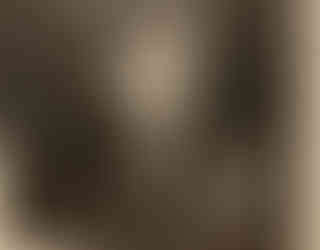










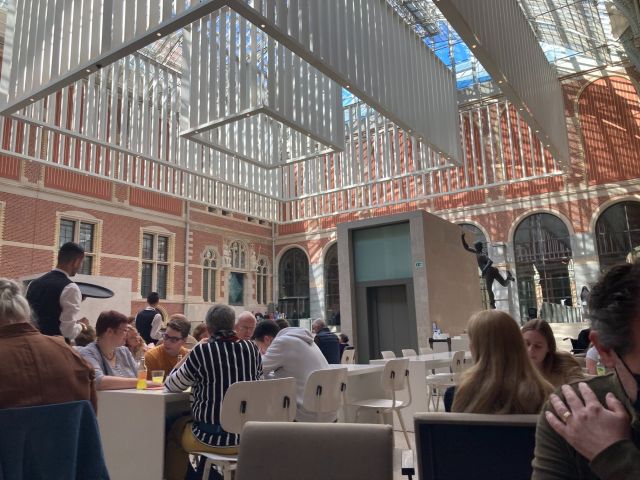

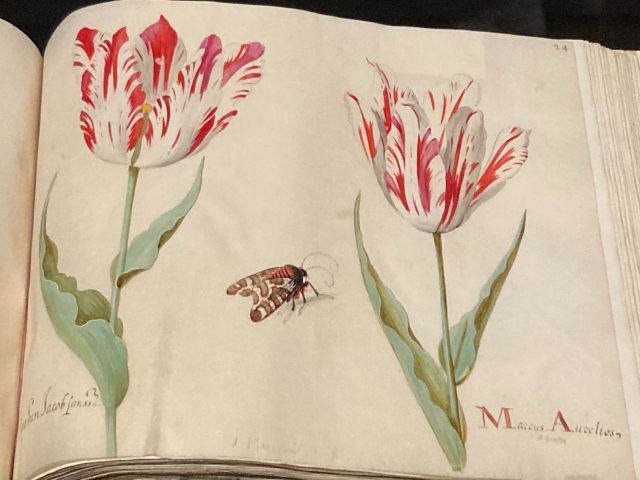

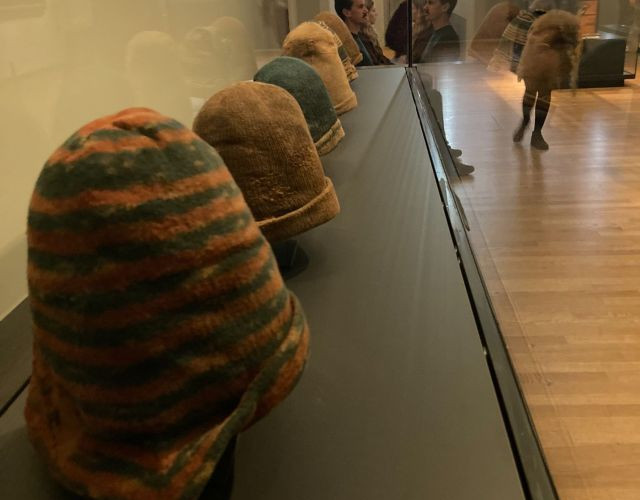







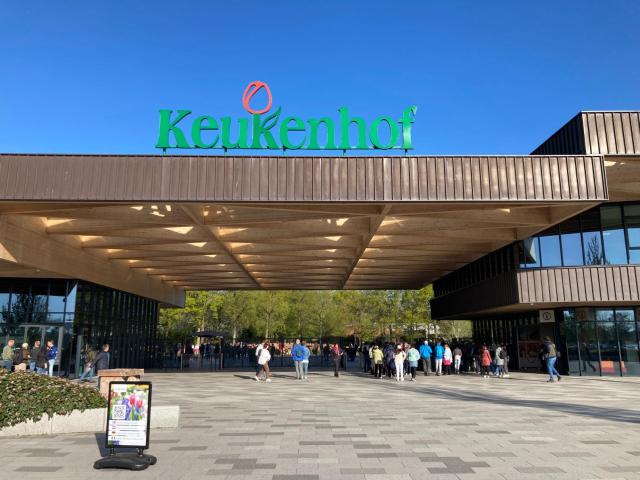

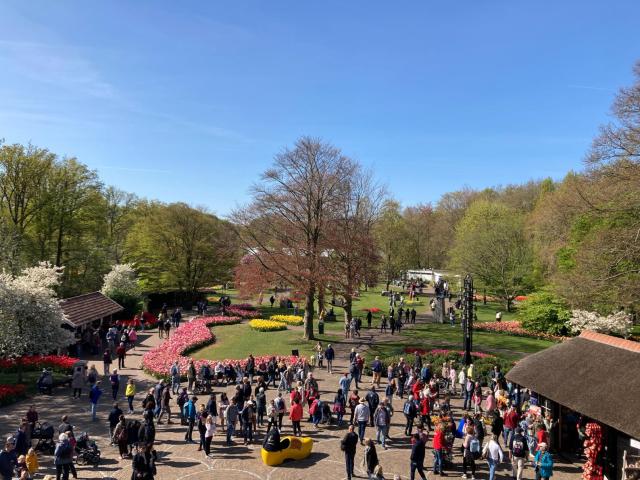






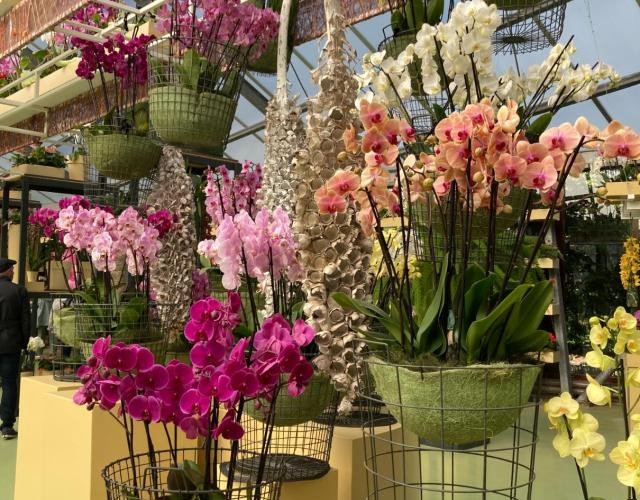

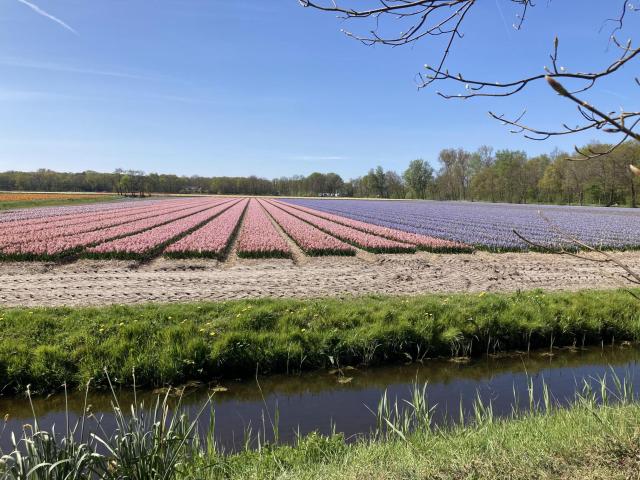

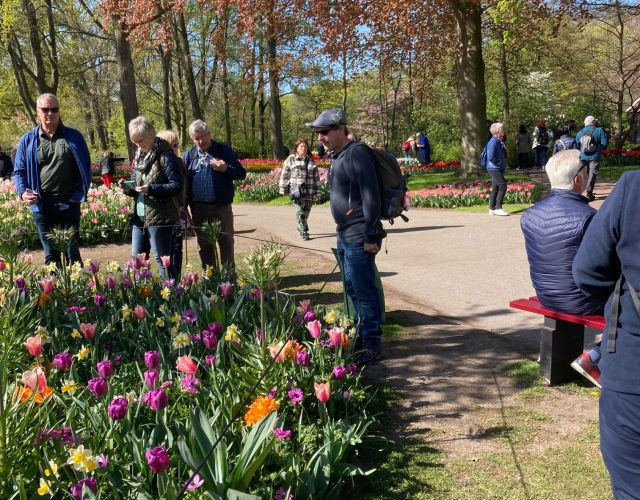







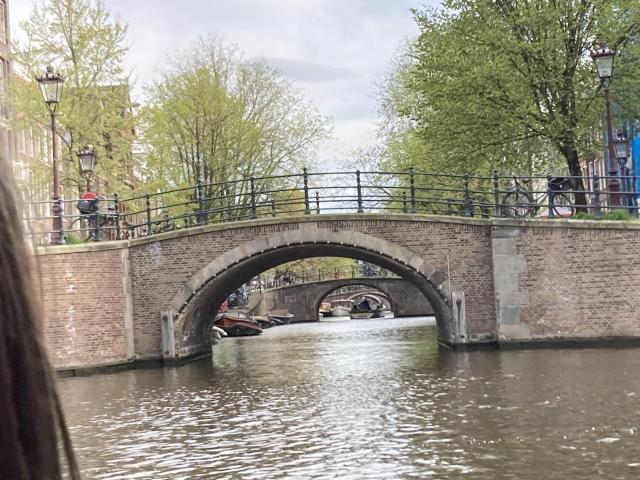







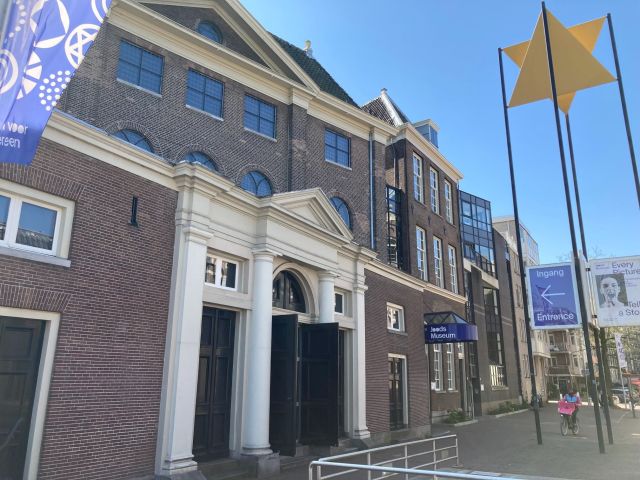





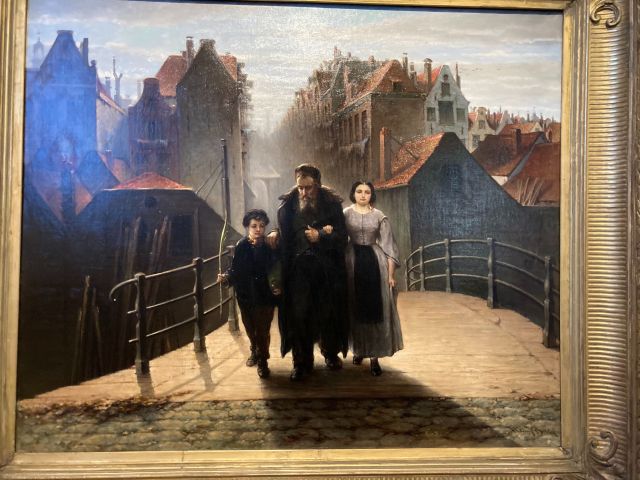



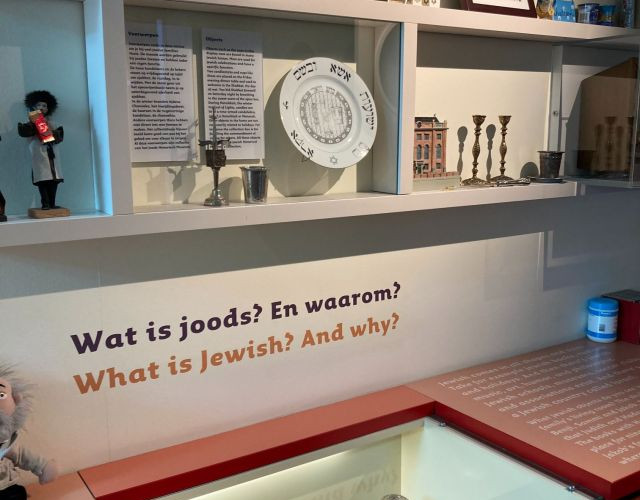

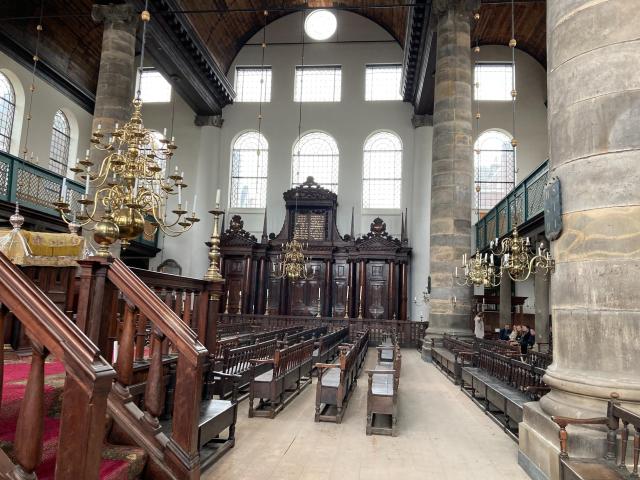


















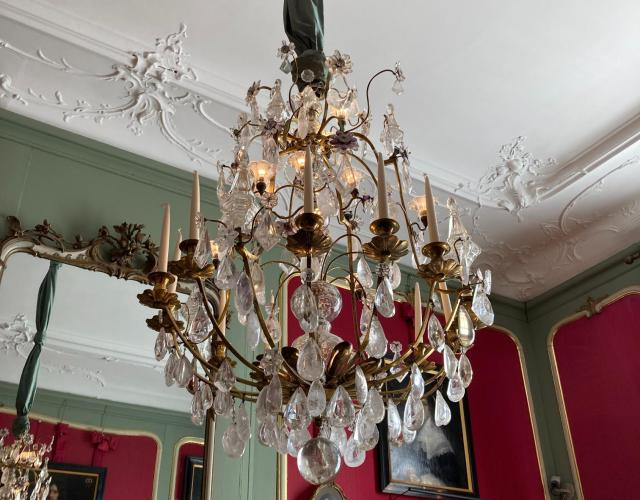







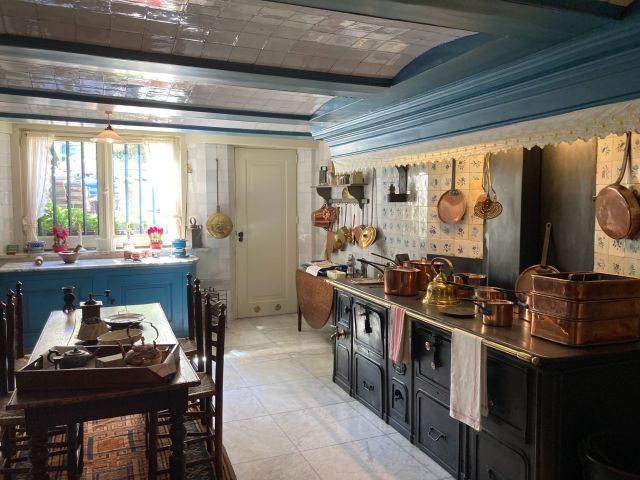

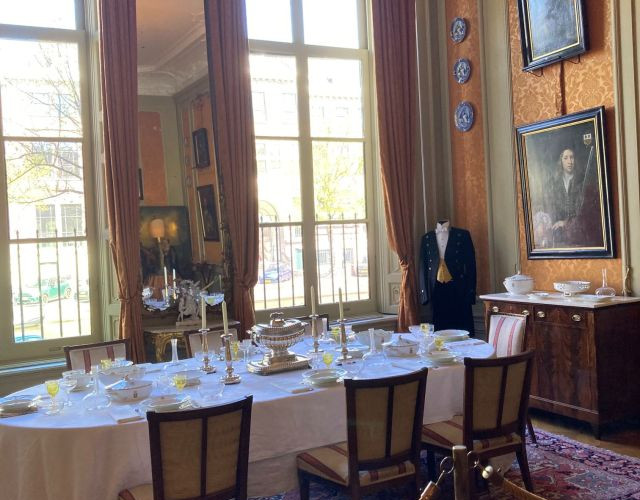



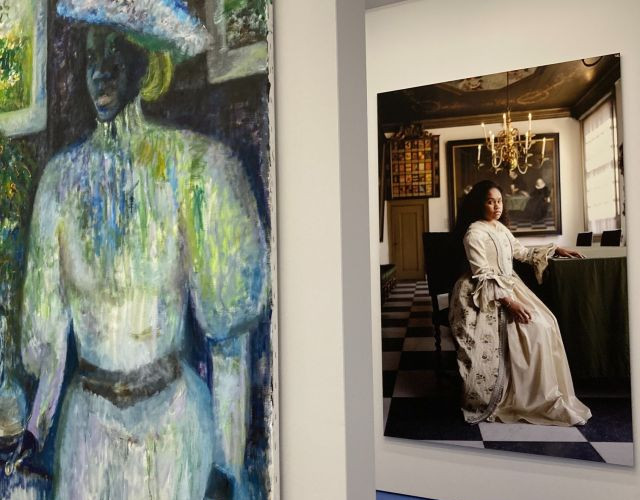




Comments